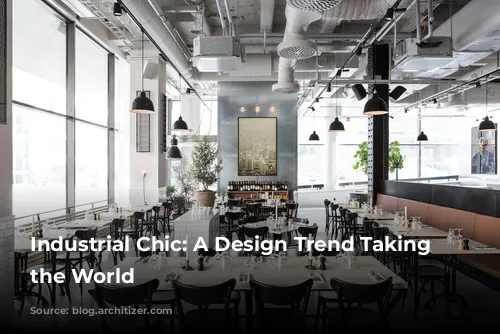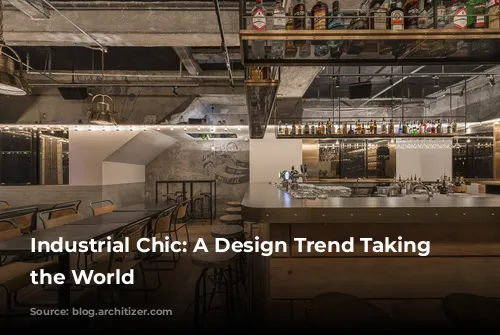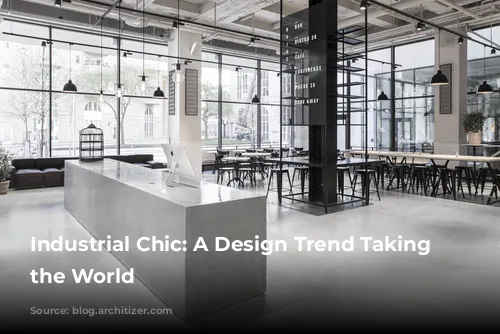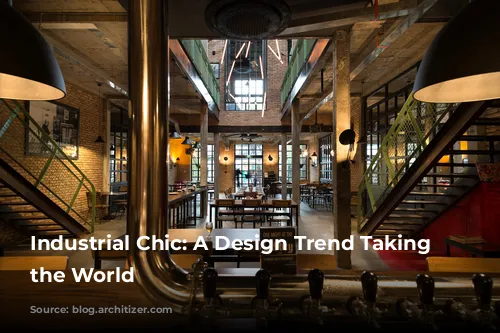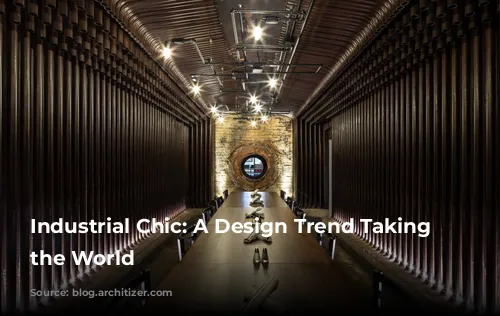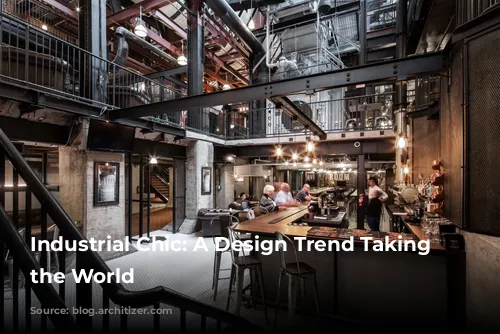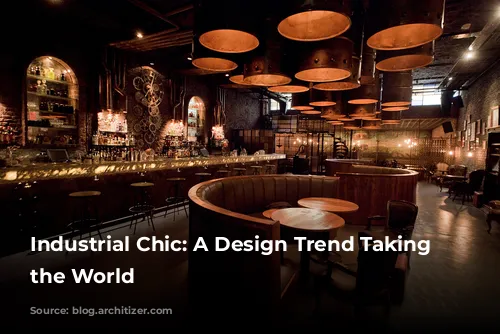Have you ever walked into a restaurant and felt like you were transported to a vintage factory? This isn’t a coincidence! The industrial design aesthetic, inspired by the raw charm of old factories and warehouses, has taken the world by storm.
So, what exactly is the industrial design aesthetic? Imagine exposed brick walls, weathered metal beams, and unfinished concrete surfaces – a stark contrast to the sleek, polished look we’re used to. These elements, once associated with utilitarian spaces, are now considered stylish and sophisticated.

From Factories to Dining Destinations
The industrial design aesthetic has become increasingly popular in recent years, particularly in the hospitality sector. Restaurants and bars worldwide are embracing this trend, creating a unique atmosphere that blends nostalgia with a modern touch.
Think of it as a celebration of history. Restaurants, once forgotten factories, are breathing new life into their past by highlighting their unique structural elements. Imagine exposed pipes, high ceilings, and heavy-duty hardware – these elements create a sense of authenticity and history, reminding us of a time gone by.
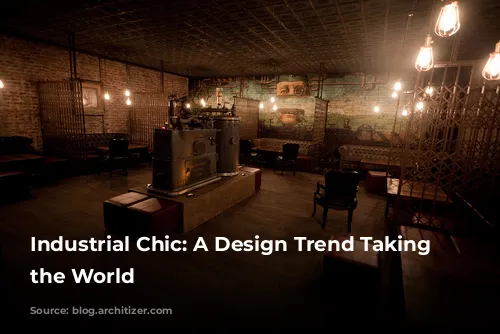
Industrial Chic: Beyond the Basics
While raw materials like concrete and metal might seem harsh, designers have found clever ways to soften the edges and create inviting spaces.
Take, for example, a restaurant in Shanghai, New York, and Amsterdam. This eatery skillfully blends Scandinavian minimalism with a more industrial aesthetic, creating a sophisticated and comfortable experience. The use of cognax leather and maple wood adds warmth and texture, while exposed ventilation systems, painted white, contribute to the clean and modern feel.
Another example is a restaurant in Spokane, Washington, that pays homage to the building’s history as a steam plant. The metal columns and beams are not only exposed but also painted black, seamlessly blending into the space. This minimalist approach is further enhanced by black-tinted furniture, mesh-covered concrete walls, and dramatic pendant lights, creating a visually stunning atmosphere.
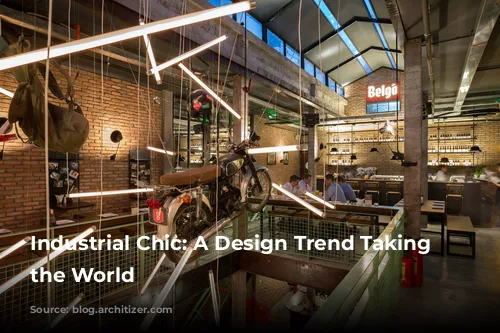
Industrial Chic: A Global Phenomenon
The industrial aesthetic transcends geographical boundaries, inspiring innovative restaurant designs across the globe. A restaurant in Italy, named after a famous neorealism film, offers a lighter and fresher take on the industrial style. Mid-century modern materials and details are incorporated to evoke the era of the film’s release, while suspended lighting acts as dividers, creating intimate seating areas.
The beauty of the industrial aesthetic is its versatility. From a New York gastropub to a modern brewery in Belgium, designers are reinterpreting the industrial aesthetic to create spaces that are both unique and inspiring.
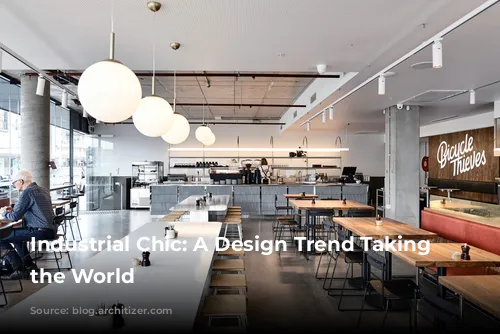
Industrial Chic: More Than Just Aesthetics
The industrial design aesthetic isn’t just about creating a cool look. It’s also about embracing sustainability and authenticity.
Take, for example, a restaurant in Poland that utilizes concrete as the primary material, casting light grey seats directly into the walls and floors. This minimalistic design highlights the natural beauty of the space, while also emphasizing sustainability by minimizing waste.
And in Belgium, a brewery embraces local materials and vintage finds, creating a space that celebrates the country’s rich culture and history. The use of second-hand bricks and local ventilation mechanisms reflects a commitment to sustainability and environmental responsibility.
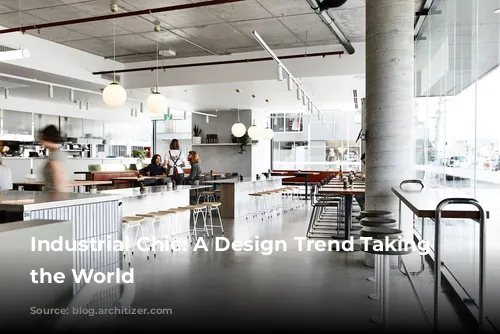
A Modern Classic
The industrial aesthetic is not just a fleeting trend – it’s a design philosophy that celebrates authenticity, sustainability, and history. As we move forward, we can expect to see this design trend continue to influence everything from homes to offices to restaurants.
So, the next time you find yourself in a restaurant with exposed brick walls and heavy-duty hardware, take a moment to appreciate the history and design that went into creating that unique space. It’s a reminder that sometimes, the most beautiful things are the ones that embrace their imperfections.
